 Asset Guardian Solutions Ltd (AGSL), which specializes in protecting companies’ process critical software assets, announced that it has secured an important contract with Stena Drilling Ltd of Aberdeen, Scotland. This contract represents a significant development for AGSL, reinforcing its position within the Oil and Gas Drilling sector.
Asset Guardian Solutions Ltd (AGSL), which specializes in protecting companies’ process critical software assets, announced that it has secured an important contract with Stena Drilling Ltd of Aberdeen, Scotland. This contract represents a significant development for AGSL, reinforcing its position within the Oil and Gas Drilling sector.
Managing and securing process critical software
As a result of this contract award, AGSL will provide Stena with Asset Guardian, its fully configurable process software management tool designed to meet the specific needs of Rig Control and Automation Systems. It will centralize Stena’s software and data storage into a single repository, improving workflow management, reducing risk and enhancing the ability to recover software and data should system failure occur, thus minimizing any negative impact on production.
Asset Guardian software will be installed on Stena’s entire fleet of drilling vessels. In addition to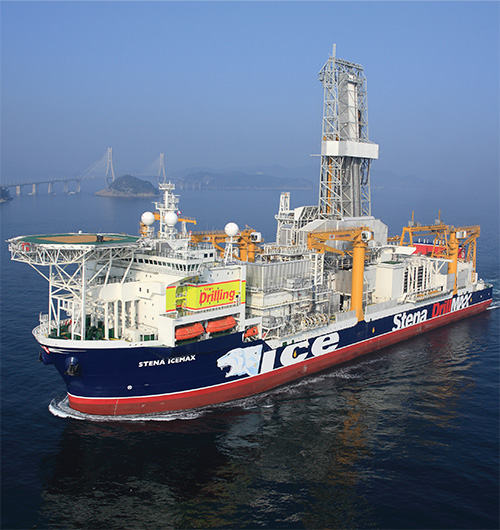 providing a safer, more secure means of storing software and data management associated with each programmable system, Asset Guardian will also manage the process for making changes to the software configuration of these systems, ensuring compliance with industry standards, regulations and guidelines, such as IEEE 828 2005, CPNI, IEC61508, 61511, ISO 9001, and HSE KP4, among others.
providing a safer, more secure means of storing software and data management associated with each programmable system, Asset Guardian will also manage the process for making changes to the software configuration of these systems, ensuring compliance with industry standards, regulations and guidelines, such as IEEE 828 2005, CPNI, IEC61508, 61511, ISO 9001, and HSE KP4, among others.
The global nature of Stena’s business means that its drilling vessels and rigs are often required to operate in remote locations, sometimes with poor or intermittent access to the internet. To eliminate problems associated with poor communication links between remote locations and onshore facilities, AGSL will also provide AGSync, a solution specifically designed for the oil and gas industry which allows data and files to be seamlessly synchronized between locations.
The contract also provides for customization of the Asset Guardian system to Stena’s precise requirements, and migration of data from its existing system into Asset Guardian.
AGSL is also required to supply a third party review of Stena's process control management procedures and an annual audit of each offshore facility. These audits will include verification of software backups, validation of hardware and software records, and review of Stena's adherence to international standards and procedures.
Providing secure solutions to the oil and gas industry
The six figure contract from Stena Drilling is one of several recent contract awards to AGSL from companies operating in the oil and gas industry. Most recently, operator Woodside of Australia awarded AGSL a contract to provide a Programmable Systems Management tool set to provide enhanced management of its critical software assets. The company also welcomed contracts from BP, Marathon Oil UK and EON.
The agreement with Stena is a real breakthrough for us since it is our first major contract with a drilling company,” said Peter Beales, Business Development Manager for AGSL. “It demonstrates that our services have wide applicability across the oil and gas sector.”
Our contacts at Stena Drilling confessed that it was refreshing to encounter people who are not only knowledgeable and well-informed about industry regulatory requirements, but are passionate about their product,” said Beales. “We take great pride in compliments like this because it is precisely how we would like AGSL to be perceived: informed and passionate.”
.


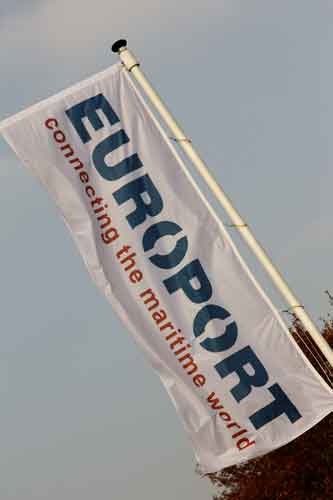 Europort 2013
Europort 2013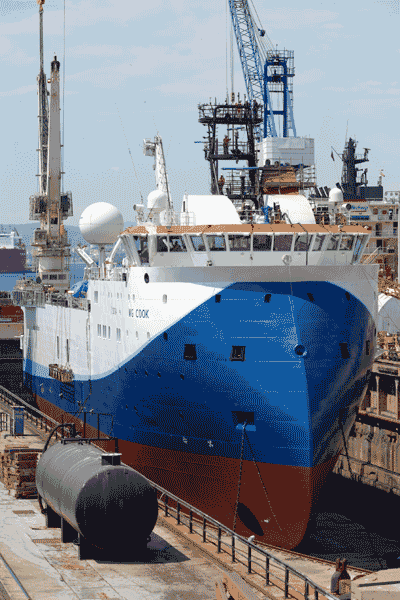
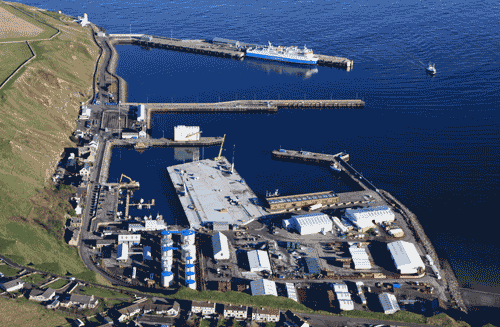 Scrabster Harbour, Caithness, Scotland
Scrabster Harbour, Caithness, Scotland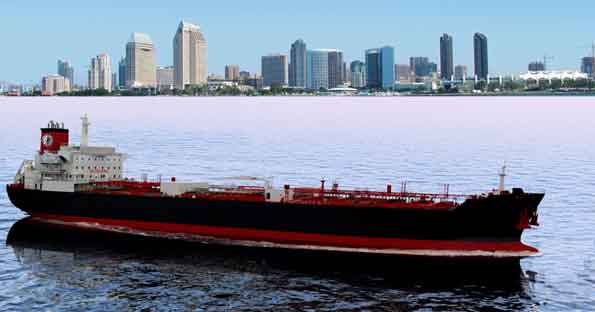
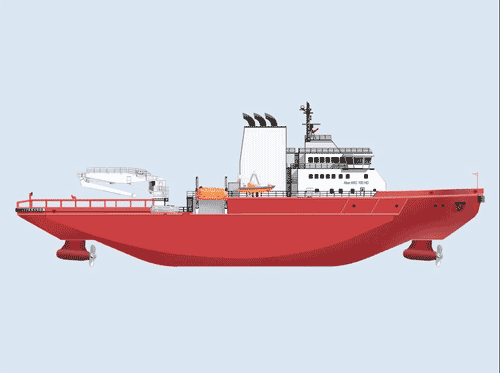 The 76m long vessel, with her oblique ice-breaking action is a game changer in year-round oil spill response. Additionally, a single Oblique Icebreaker cuts channels through ice for cargo ships to follow as wide as two equivalent conventional icebreakers moving ahead side by side.
The 76m long vessel, with her oblique ice-breaking action is a game changer in year-round oil spill response. Additionally, a single Oblique Icebreaker cuts channels through ice for cargo ships to follow as wide as two equivalent conventional icebreakers moving ahead side by side. 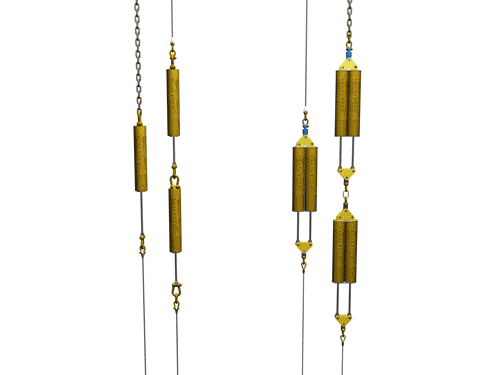 “The CASIM system enabled us to provide effective heave compensation and to recover the delicate WRP on a vessel without an active heave-compensated crane or stern roller,” said InterMoor vice president of business development David Cobb. “That was the only way to achieve the WRP installation from this vessel. The success of this project underlines the value of the CASIM system as a cost- and time-effective solution, and explains why more and more subsea contractors and operators are choosing it to facilitate the installation of workover packages.”
“The CASIM system enabled us to provide effective heave compensation and to recover the delicate WRP on a vessel without an active heave-compensated crane or stern roller,” said InterMoor vice president of business development David Cobb. “That was the only way to achieve the WRP installation from this vessel. The success of this project underlines the value of the CASIM system as a cost- and time-effective solution, and explains why more and more subsea contractors and operators are choosing it to facilitate the installation of workover packages.” 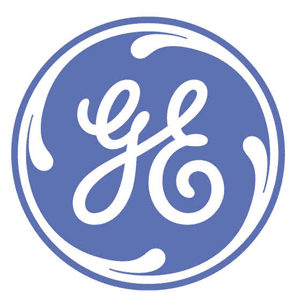 GE’s Power Conversion business
GE’s Power Conversion business 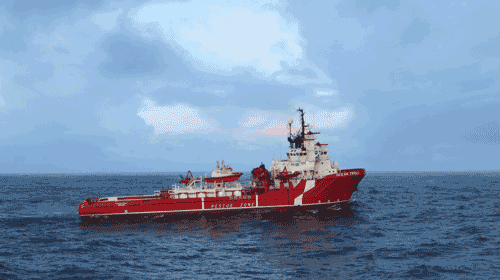
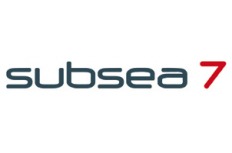 S
S Co
Co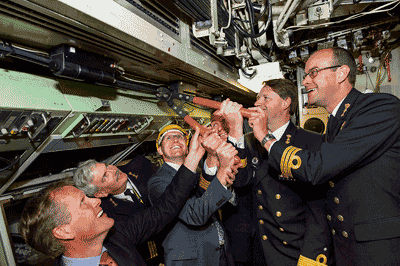
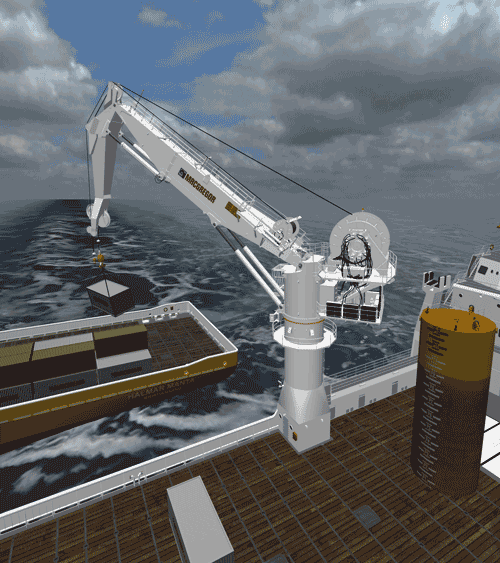
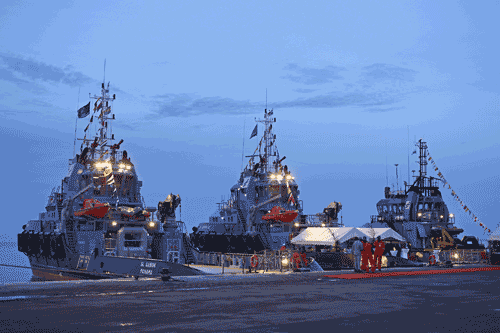 A
A Asset Guardian Solutions Ltd (AGSL
Asset Guardian Solutions Ltd (AGSL providing a safer, more secure means of storing software and data management associated with each programmable system, Asset Guardian will also manage the process for making changes to the software configuration of these systems, ensuring compliance with industry standards, regulations and guidelines, such as IEEE 828 2005, CPNI, IEC61508, 61511, ISO 9001, and HSE KP4, among others.
providing a safer, more secure means of storing software and data management associated with each programmable system, Asset Guardian will also manage the process for making changes to the software configuration of these systems, ensuring compliance with industry standards, regulations and guidelines, such as IEEE 828 2005, CPNI, IEC61508, 61511, ISO 9001, and HSE KP4, among others.